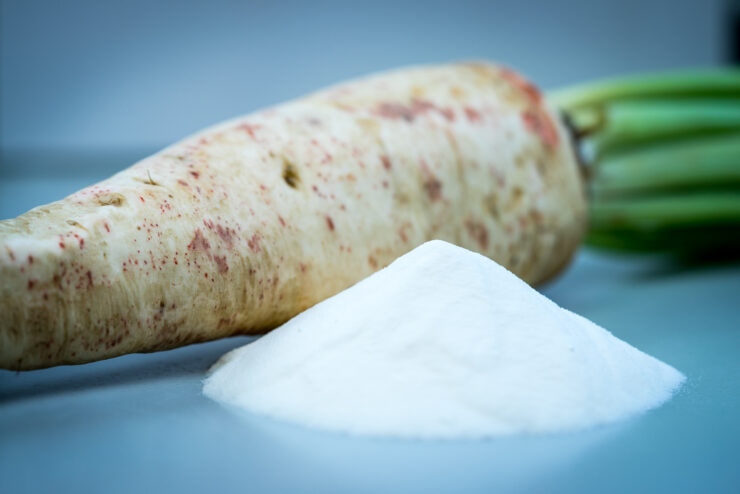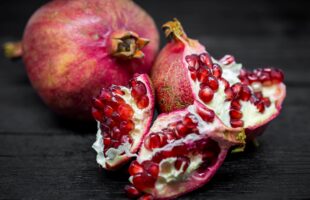
Courtesy of BENEO
By Christian Philippsen, Managing Director, BENEO, Asia Pacific
More consumers are becoming aware that they have trillions of tiny “coresidents” in the form of bacteria in their digestive system, forming the microbiome. And, the knowledge about its importance for a healthy body also increases — according to a survey from HealthFocus International, 57 percent of Asia Pacific consumers are extremely/very interested in how good and bad bacteria in the gut impact overall health.1
So how do we support the good bacteria that are naturally present in our gut? For one, consumers can look towards prebiotics. Prebiotics are the food for these beneficial bacteria and help them to grow. Many consumers are now paying close attention to prebiotics, with roughly 68 percent of consumers in the Asia Pacific interested/extremely interested in them.2
According to the International Scientific Association for Probiotics and Prebiotics (ISAPP), a prebiotic is “a substrate that is selectively utilised by host microorganisms conferring a health benefit.”3 Such benefits conferred by the beneficial host microbiota occur both internally and externally in the gut. Starting with the intestinal processes inside the gut, benefits include improved intestinal barrier function, laxation, and higher acidity in the gut lumen. On the other hand, outside the gut, prebiotics provides an increased absorption of calcium for bone support, satiety for weight management support, low blood glucose levels for blood sugar management, decreased triglyceride and improved lipid profiles, and overall support of the immune system.
Helping the Good Bacteria Grow with Chicory Root Fibres
There are only very few prebiotics that are scientifically and clinically proven to be classified in accordance with ISAPP’s definition. BENEO’s chicory root fibres, Orafti® Inulin and Oligofructose, belong to this exclusive group of proven prebiotics. In fact, a recently published systematic literature review with meta-analyses explored the effects of inulin-type fructans derived from chicory root on 50 human intervention studies found that chicory root fibre intake (starting at 3g/day) promotes significant growth of beneficial Bifidobacteria in the gut microbiome in all age groups and improves bowel function parameters.4
The Advantages of Chicory Root Fibres in Food Manufacturing
As the most recognized prebiotics on the market5 and the only proven plant-based prebiotics, chicory root fibres offer a wealth of advantages on the food manufacturing front as well. With Orafti® Inulin and Oligofructose being backed by sound science, manufacturers can be confident that the ingredients involved in the product development stage are both safe and provide the health benefits desired by consumers. Such health benefits can also help to mitigate the ‘fibre gap,’ or lack of daily fibre intake in consumer diets that has been a critical area of concern in many countries for years.
BENEO’s ingredients from chicory root fibres can be used in a wide array of foods and drinks. The experts from the BENEO Technology Center continuously develop new recipes in line with current trends and market demands, supporting food manufacturers in speeding up their product development process, and increasing the chance of a successful product launch.
Chicory root fibres are extracted from the chicory root via hot water and do not involve any chemical modification or GMO plants, making it attractive on product labels for their natural plant-based origin and nutrient content which manufacturers can use to their benefit.
As consumers strive to improve their gut health, chicory root fibres can be the key to unlocking an abundance of health benefits for a prospering digestive system. Food manufacturers can also embrace the opportunity to leverage chicory root fibres to develop products that are both high in dietary fibre, helping to close the fibre gap and backed by sound science for consumers to enjoy.
1 HealthFocus International, Trends Studies 2022
2 HealthFocus International Trends Studies 2018-2020-2022
3 Gibson GR, Hutkins R, Sanders ME, Prescott SL, Reimer RA, Salminen SJ, Scott K, Stanton C, Swanson KS, Cani PD, Verbeke K, Reid G (2017) Expert consensus document: The International Scientific Association for Probiotics and Prebiotics (ISAPP) consensus statement on the definition and scope of prebiotics. Nat Rev Gastroenterol Hepatol 14(8):491–502. https://www.nature.com/articles/nrgastro.2017.75.pdf
4 Nagy DU, Sándor-Bajusz KA, Bódy B, Decsi T, Van Harsselaar J, Theis S & Lohner S (2022) Effect of chicory-derived inulin-type fructans on abundance of Bifidobacterium and on bowel function: a systematic review with meta-analyses. Critical Reviews in Food Science and Nutrition. Published 14 July 2022, DOI: 10.1080/10408398.2022.2098246
5 BENEO’s Global Consumer Survey on Prebiotics, 2023








